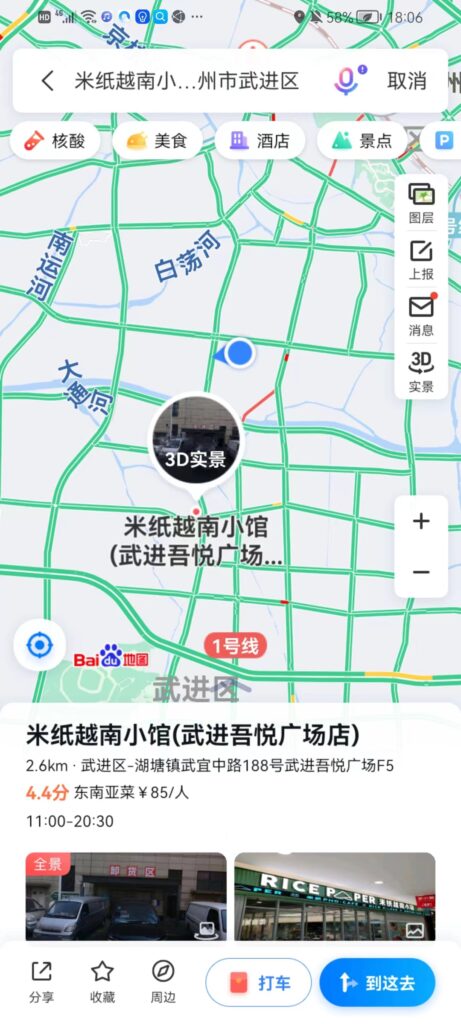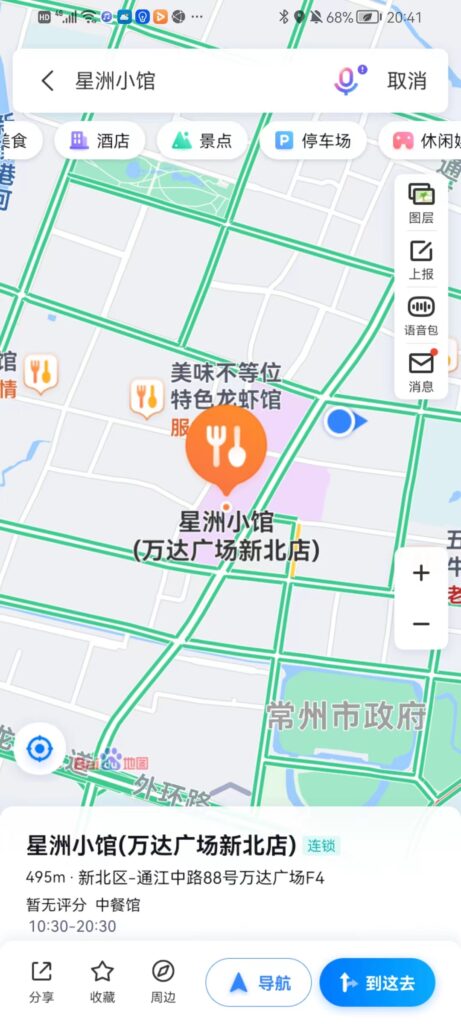Colonialism and imperialism has a warping effect on the occupied culture. Consider Vietnam. Before defeating the United States of America in 1973, they had to throw out the French in a 1954 war of independence, effectively saying “Frenchie, go home — but leave all your baguettes, pâté, and coffee behind.” The French, by no means benevolent overlords, did actually introduce some things that the locals grew to like. As a result, Vietnamese cuisine reflects subtle French influences while retaining fundamental Asian characteristics.

Consider a bahn mi. It involves a sliced open baguette that is stuffed with Vietnamese pickled vegetables, pork, and pâté as a condiment. This sandwich showed up in Saigon during the 1950’s, and as noted, it’s a decade with a decidedly hostile resentment towards French occupation. People were shooting and killing each other, but your local run-of-mill-freedom fighter / sympathizer were still chomping on baguettes in places like Saigon.
I first learned about Vietnamese food back in 2015, nearly a full year after I had moved to Changzhou. On BBC Travel, I had read an article positing the question “Is the bahn mi the world’s greatest sandwich?” I was intrigued, after all, I am American, and sandwiches are a staple food. In places like New Jersey, New York, and Philadelphia — cue some sarcasm here — they are actually worshipped and rhetorically fought over everyday. Ask a New Yorker which deli cures the best pastrami or corned beef and makes the best Reuben; you will get a tirade.
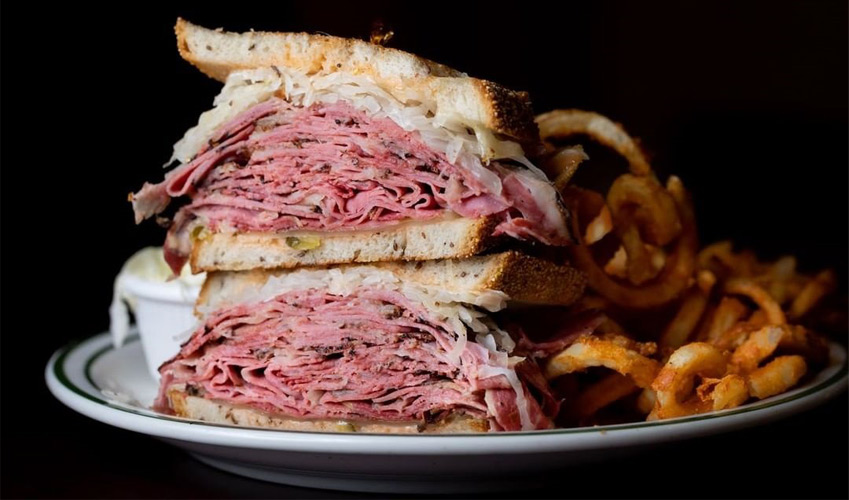
So, I found myself intrigued and desperately wanting to find and try a bahn mi. At the time, I couldn’t find any Vietnamese places in town. Over the years, I actually found excuses to go to Shanghai and hunt down this legendary sandwich. I found some good ones, and I found mediocre as well. The best I actually tasted was in the Hongqiao airport. From time to time, Vietnamese places have popped up around town, but much like Singaporean and Malaysian joints, they didn’t seem to stick around for too long. Even more frustrating, none of those places sold a bhan mi. Currently, there is one pho place next to the movie theater in the Jiu Zhou New World near downtown. Last time I ate there, I wasn’t all that impressed. Recently, I found a new-to-me pho shop.
.

Rice Paper is on the uppermost floor on Wujin Wuyue Plaza. Even early into the dinner shift, this place was packed with a waiting list. That’s not something I could say for the other place in the New World mall. A packed house with butts in seats is always a good sign.
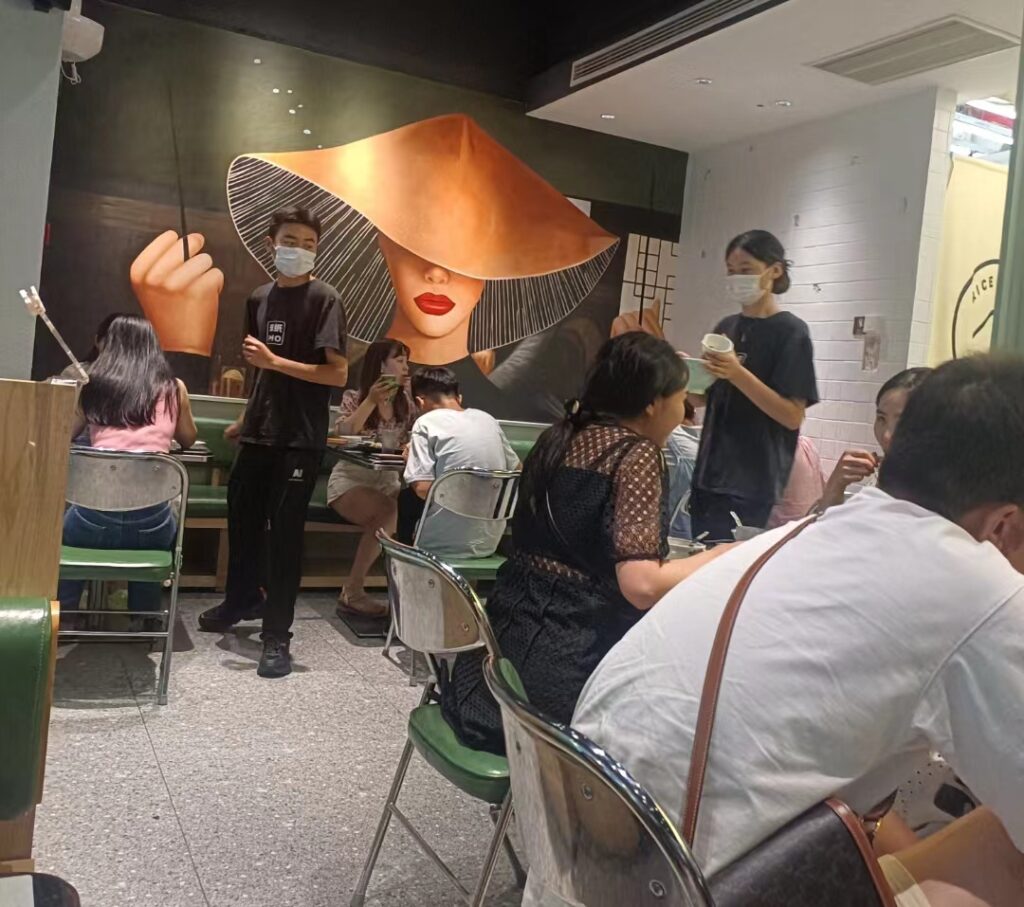
So, how was the food? My dining partner and I started with shrimp spring rolls.
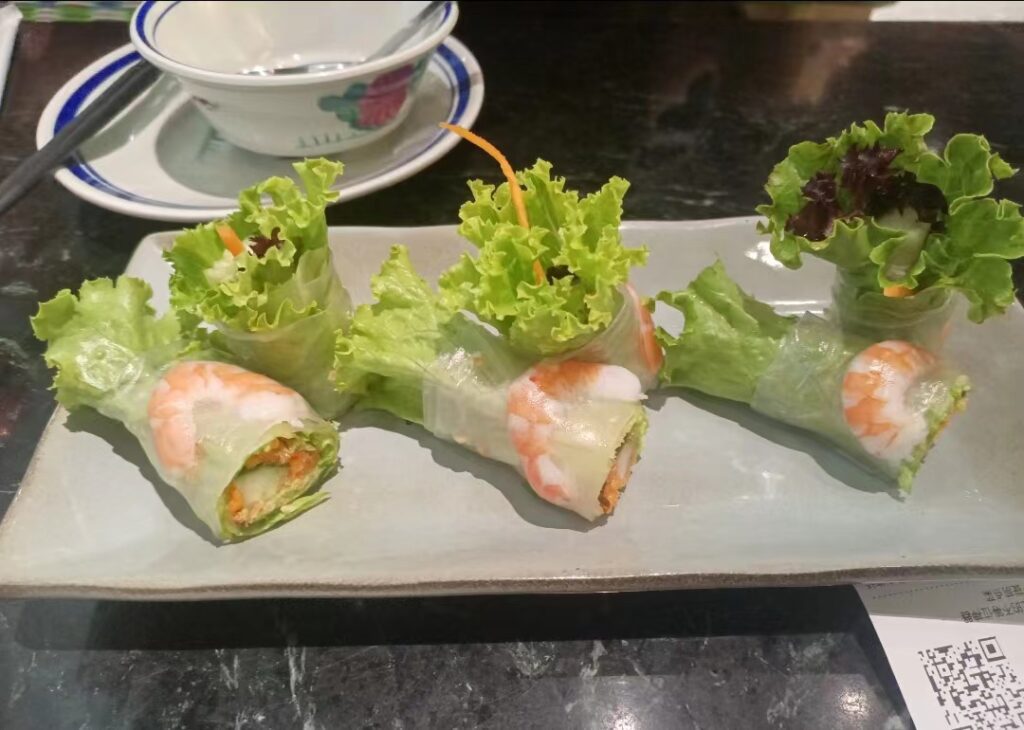
This is well and nice, but when it comes Vietnamese restaurants, the primary question usually asked is “Okay, but how is the pho?” I opted for beef although there were also seafood options available.
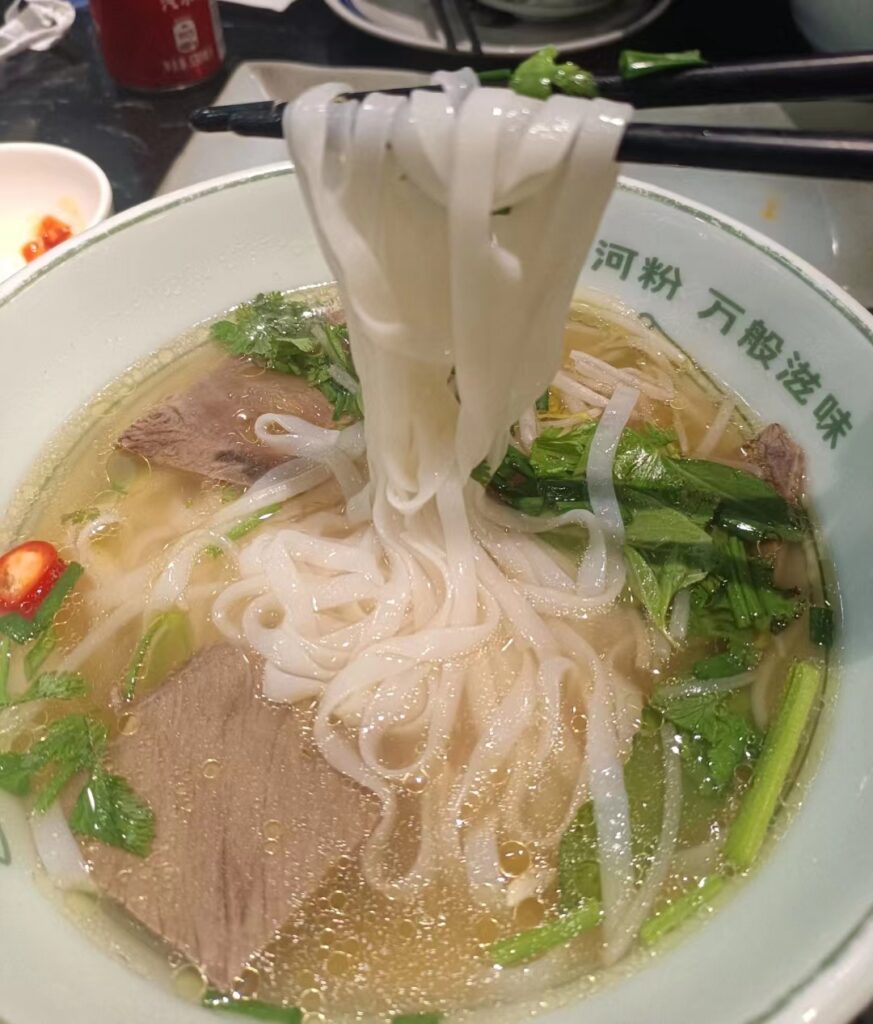

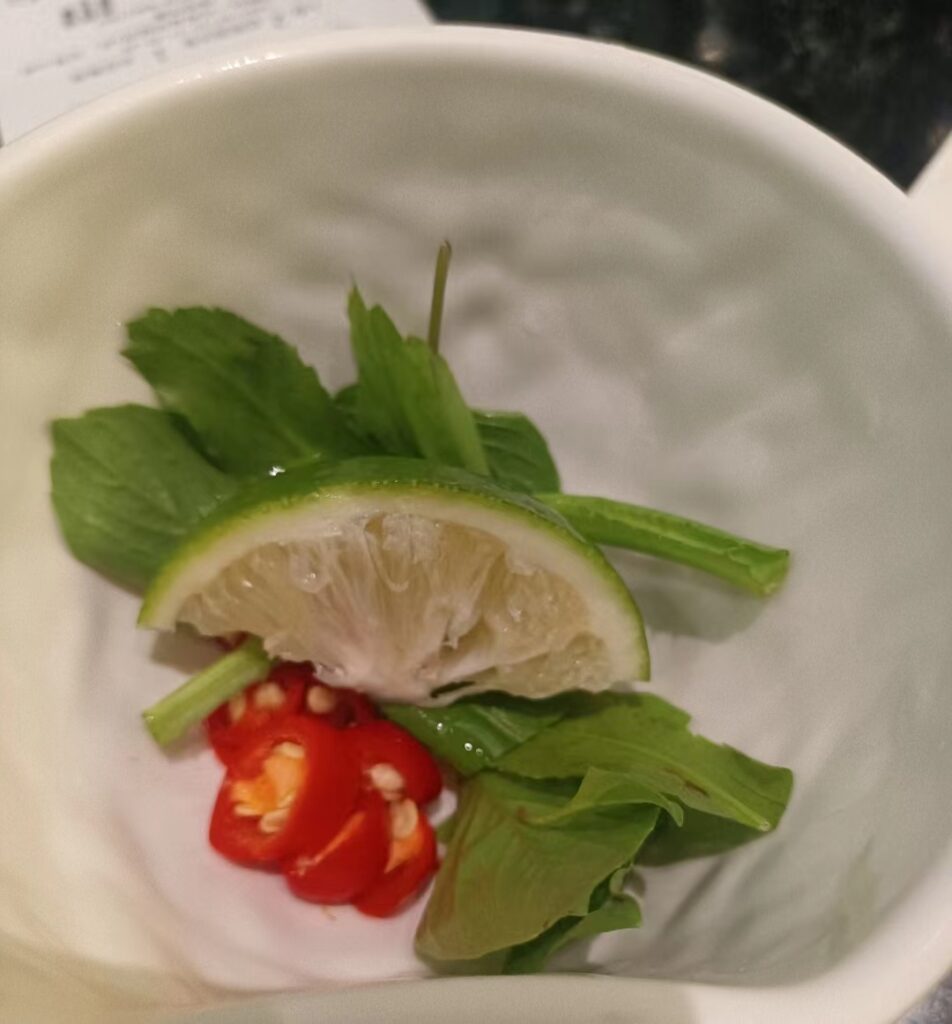
As pho goes, this was relatively light and easy. The slices of beef had not a lot of fat, and this more of a China thing. Fatty meat ends up in a lot of noodle soups, and thankfully Rice Paper doesn’t make that mistake in trying to cater to Chinese customers. All in all, it was nice, and I would reorder this again in the future. But, there was something here that I absolutely loved.

The Siagon chicken curry is something I would definitely return for. It tasted a little bit like yellow curry with plenty of potatoes. Only Vietnamese curry is closer to Indian than it is to Thai, and this gets back to the idea of French colonialism.
Curry is not a dish indigenous to Vietnam. During the 19th Century, France had land holdings in both India and Vietnam. However, the French didn’t trust the locals, and as a result, a city like Saigon ended up with an influx of Indian guest workers. Those are the people that brought curry to Vietnam. Eventually, like the French, this Indian population eventually departed, but they left their culinary influence behind. France didn’t bring curry to Vietnam, but it had a big part in facilitating that. This is the warping factor I mentioned earlier.
Either way, I am happy to know there is a nice Vietnamese option in Changzhou; I look forward to going down the menu and trying everything over the long term. However, there is one thing about Rice Paper that just infuriates me. It fits into the longer narrative of Vietnamese places in this town: plenty of noodles but no sandwich. No bahn mi. Booo!
